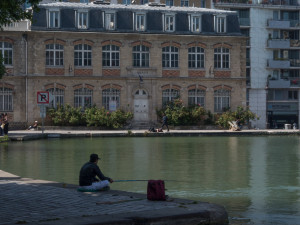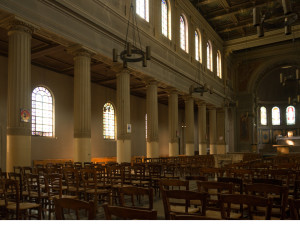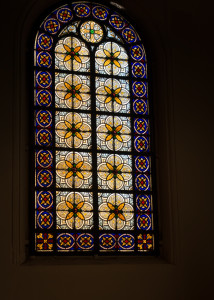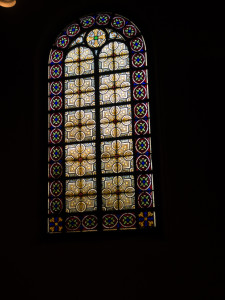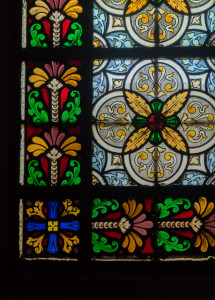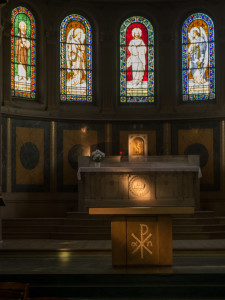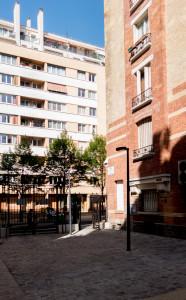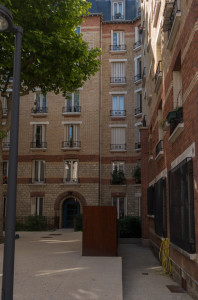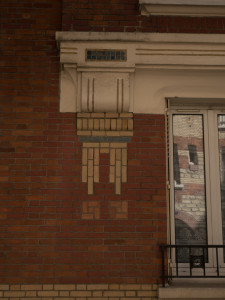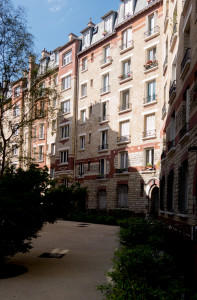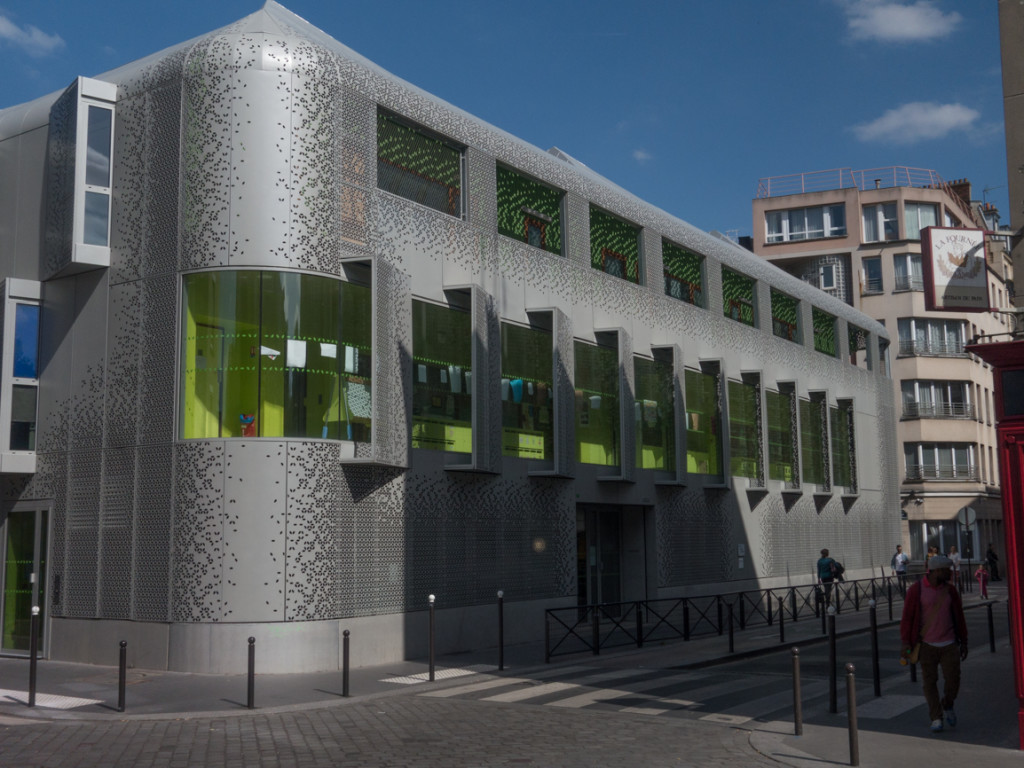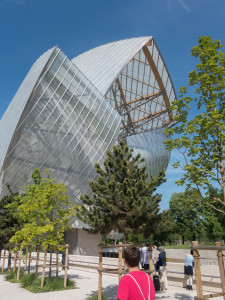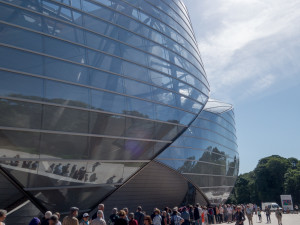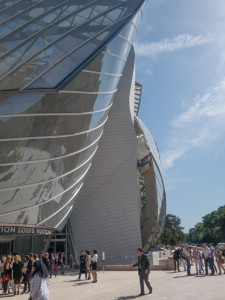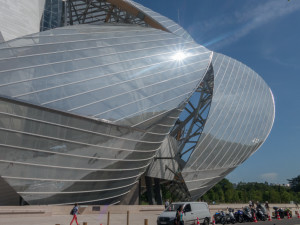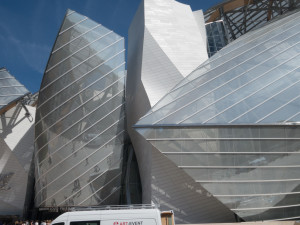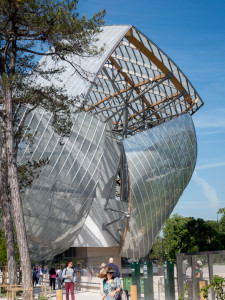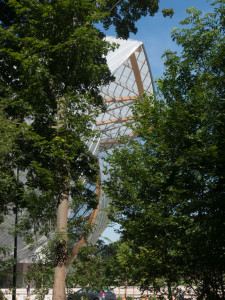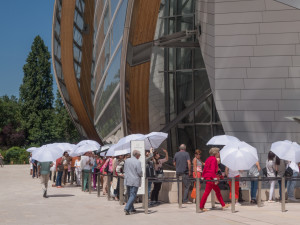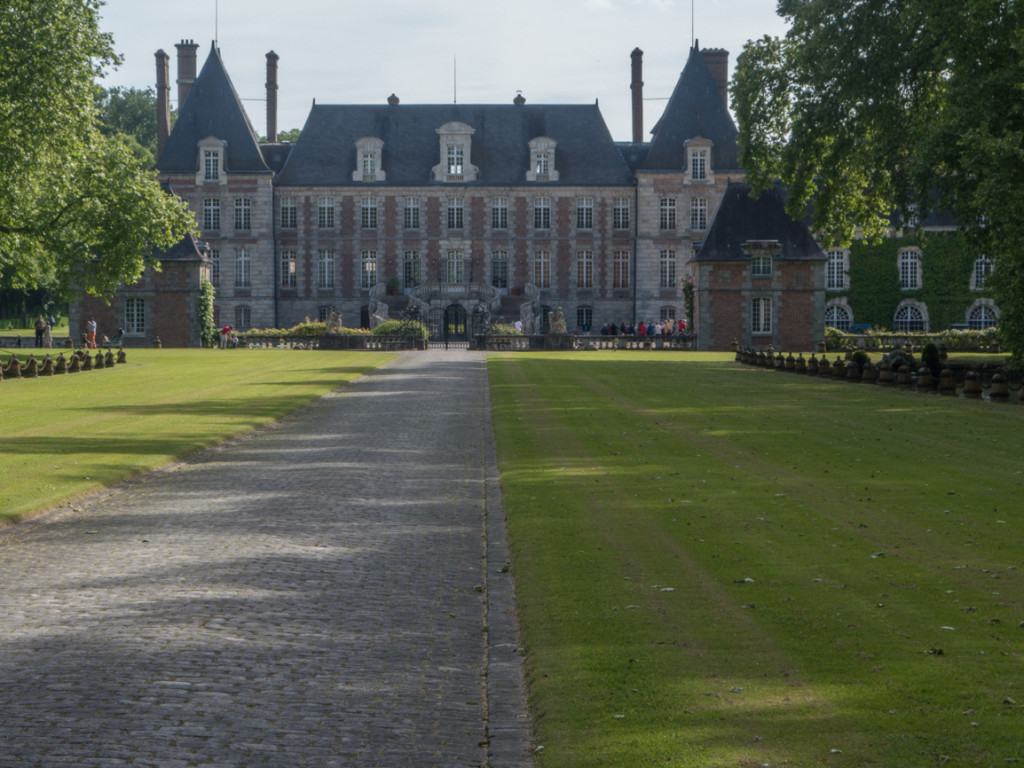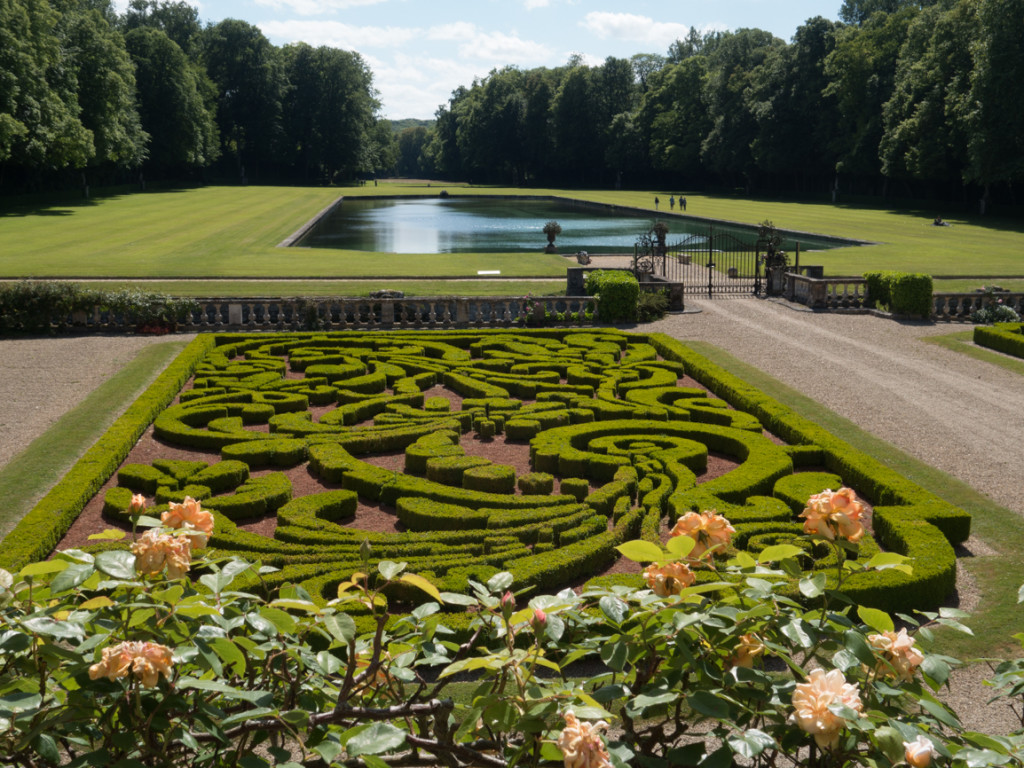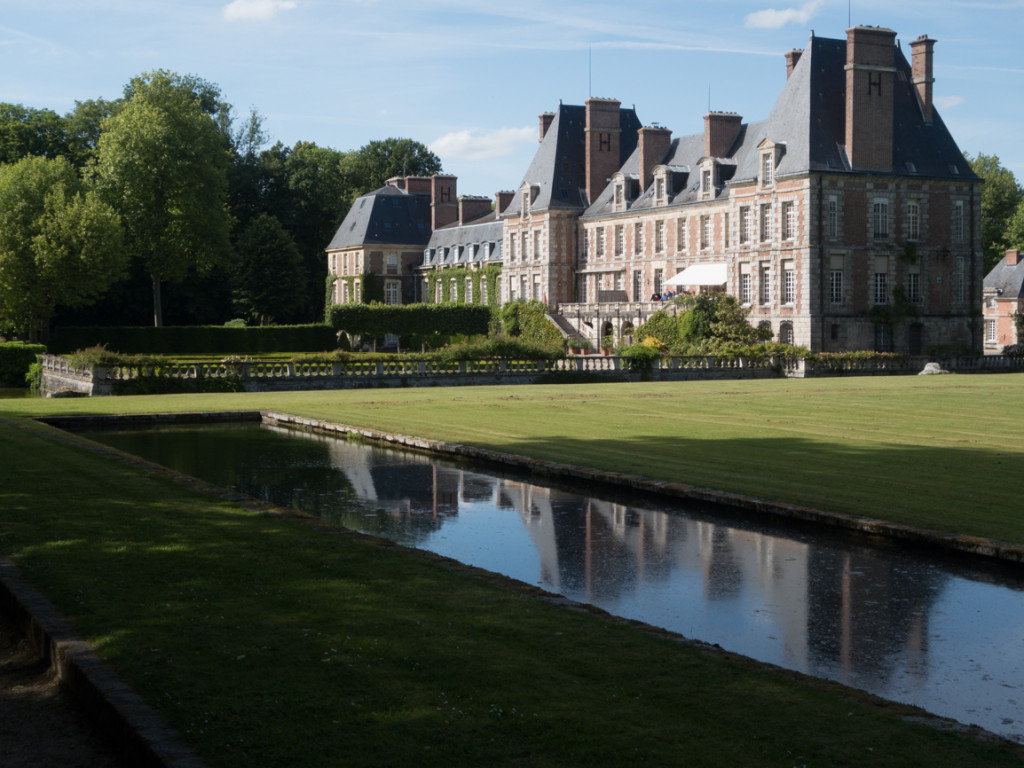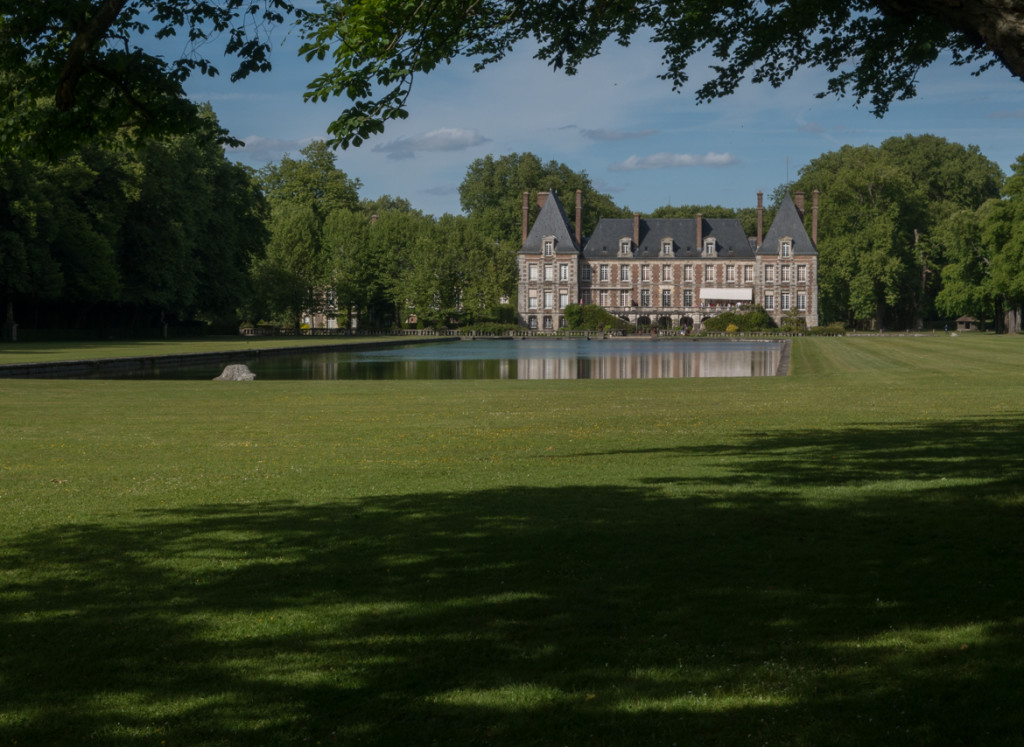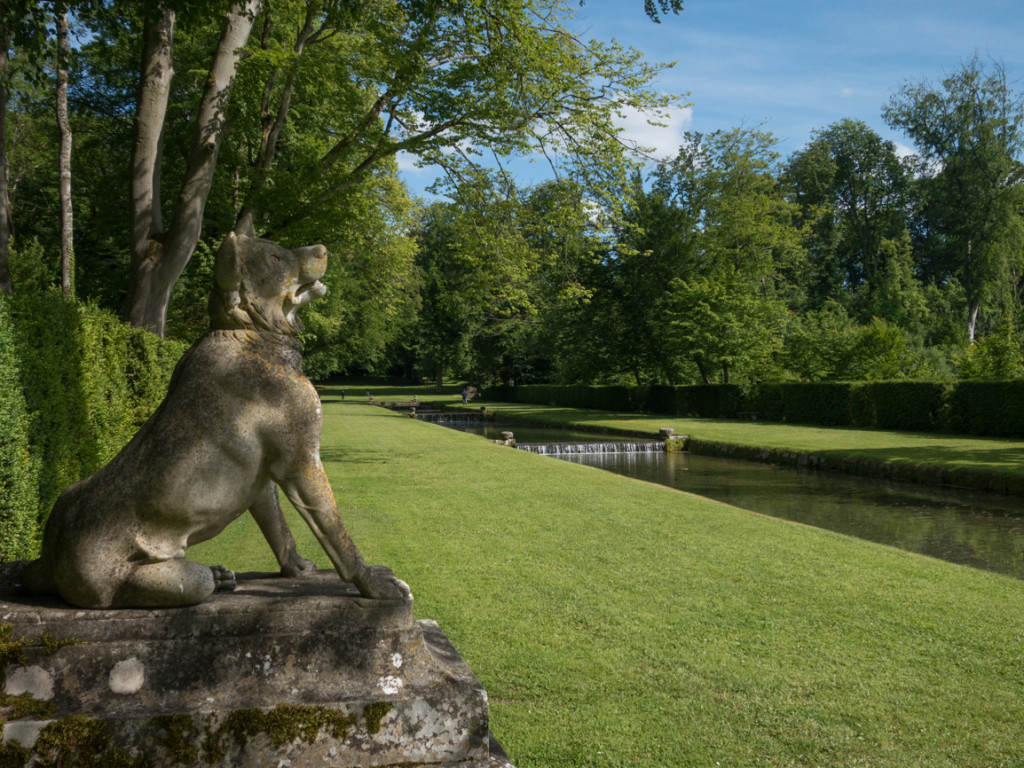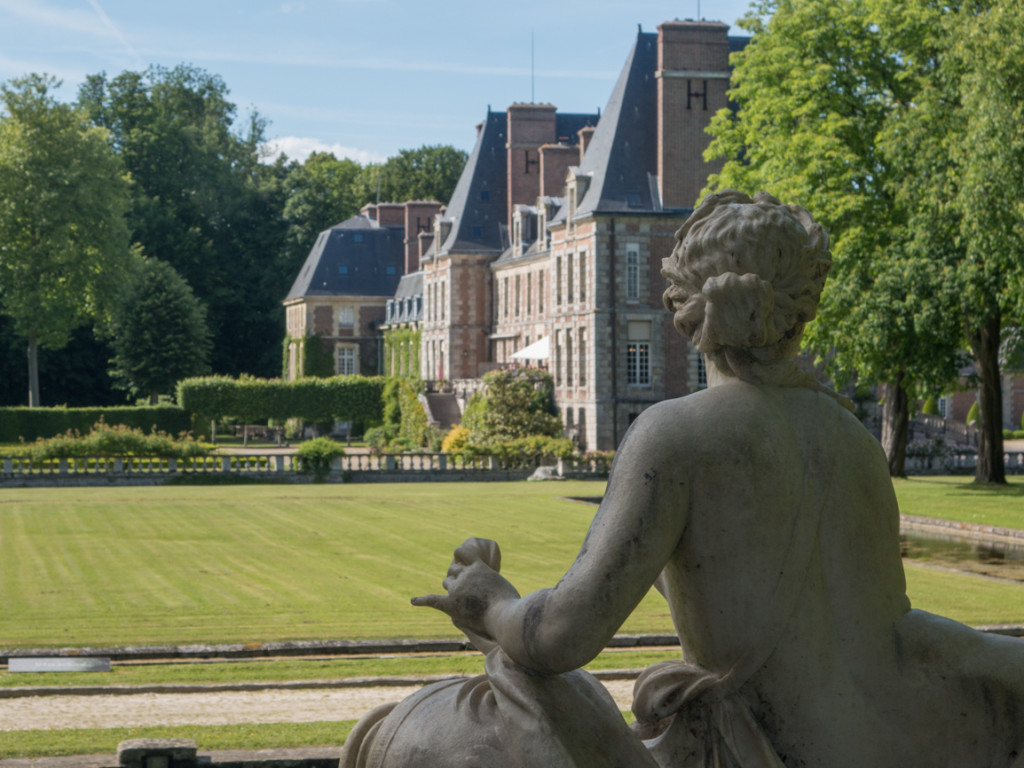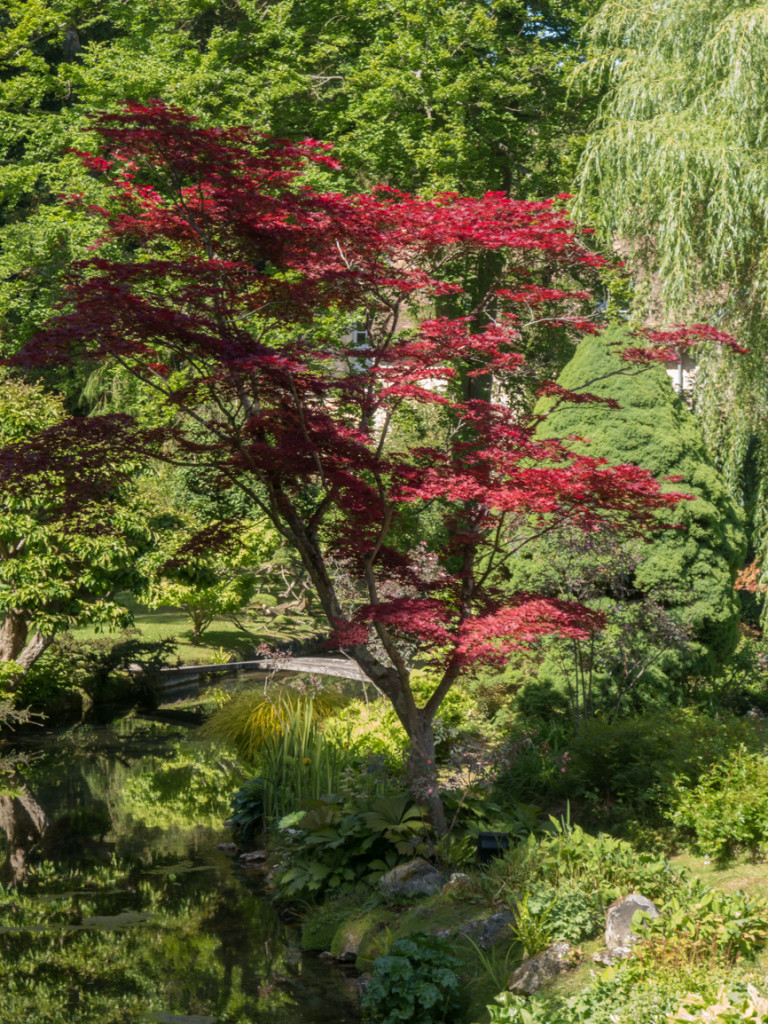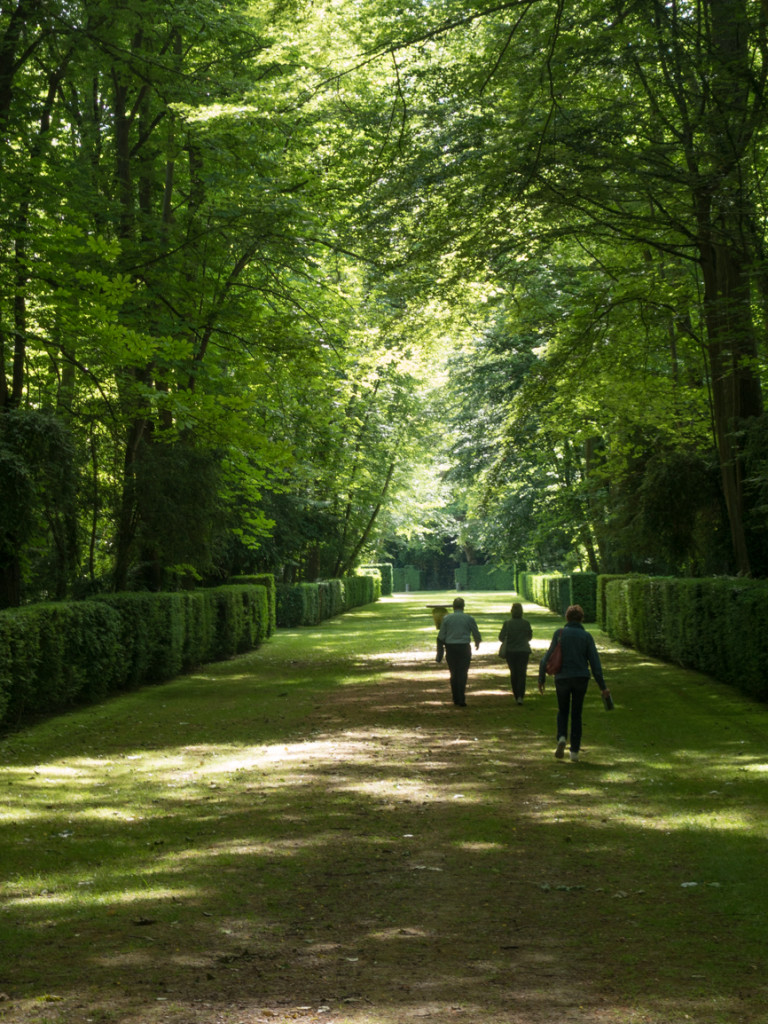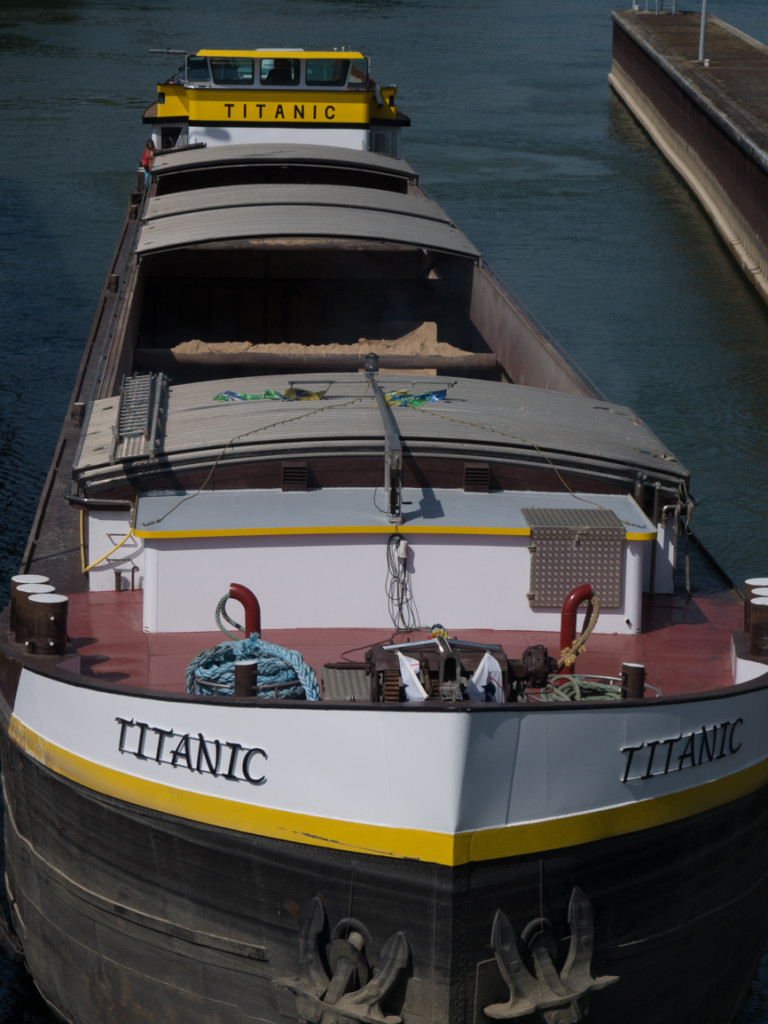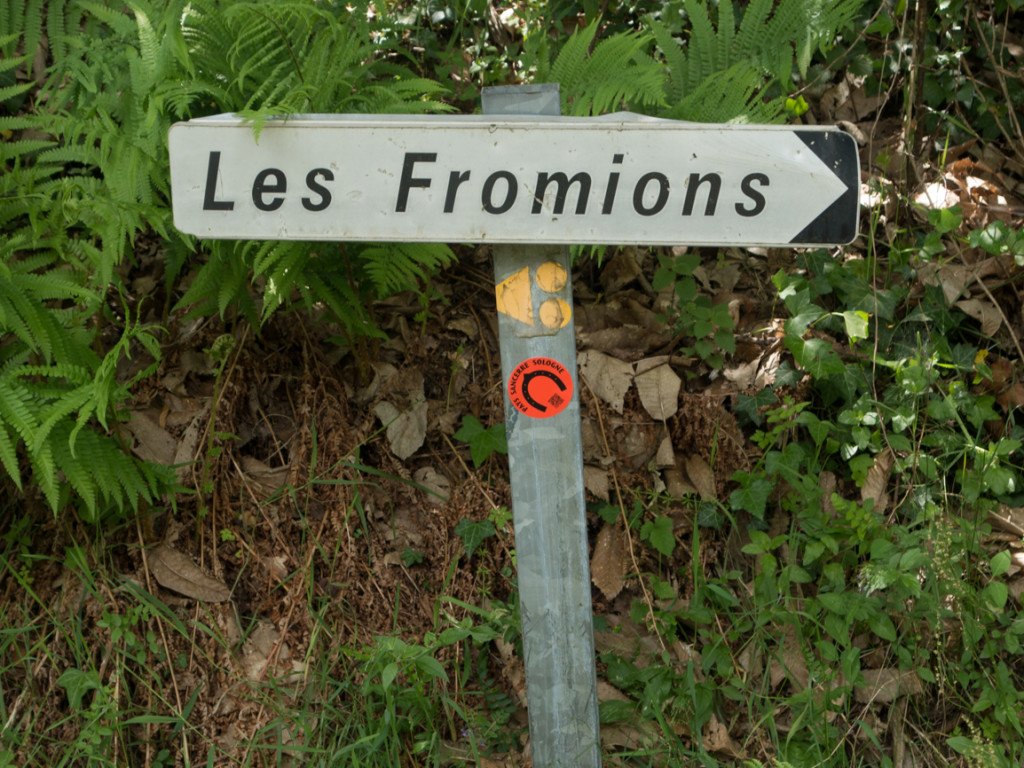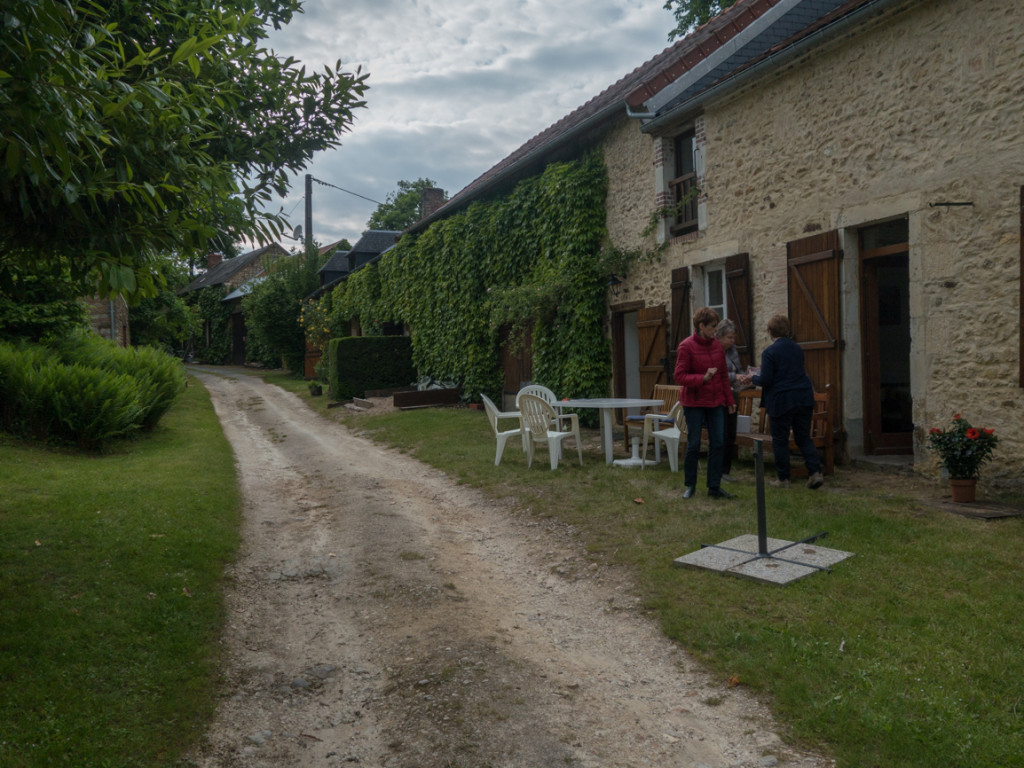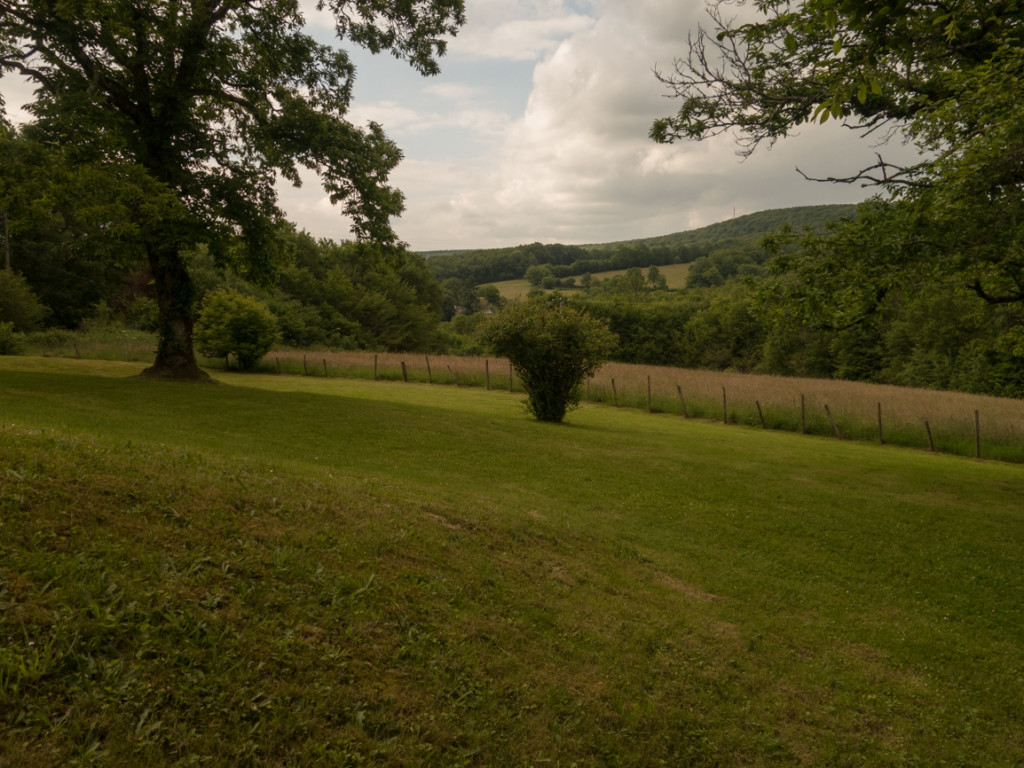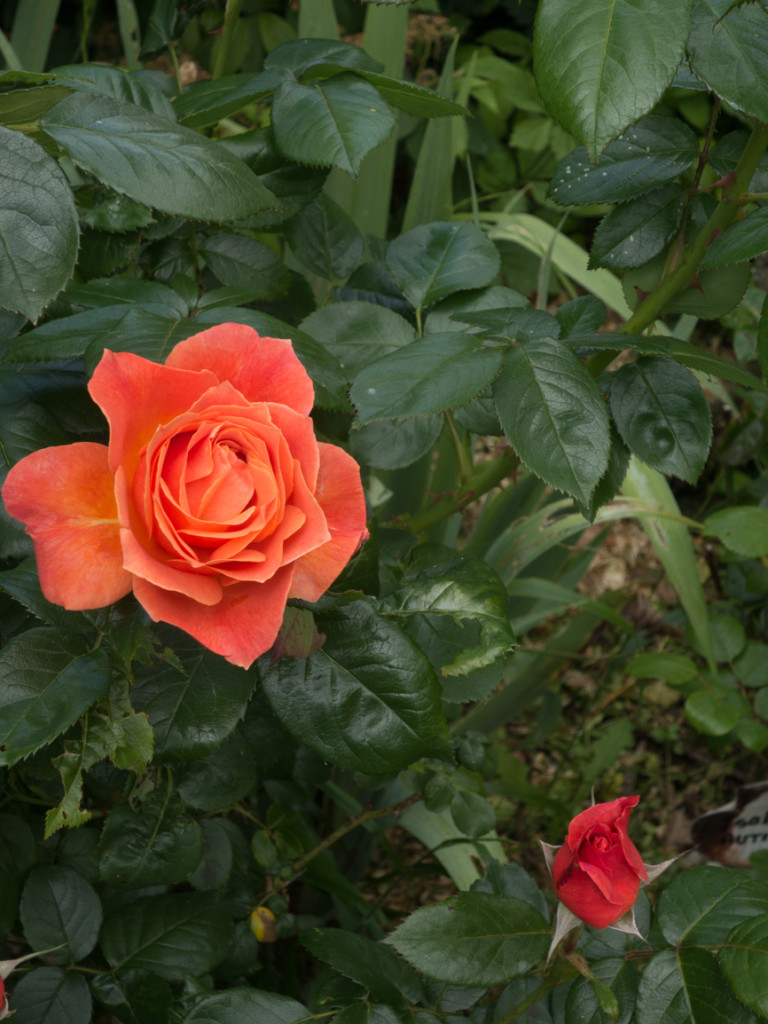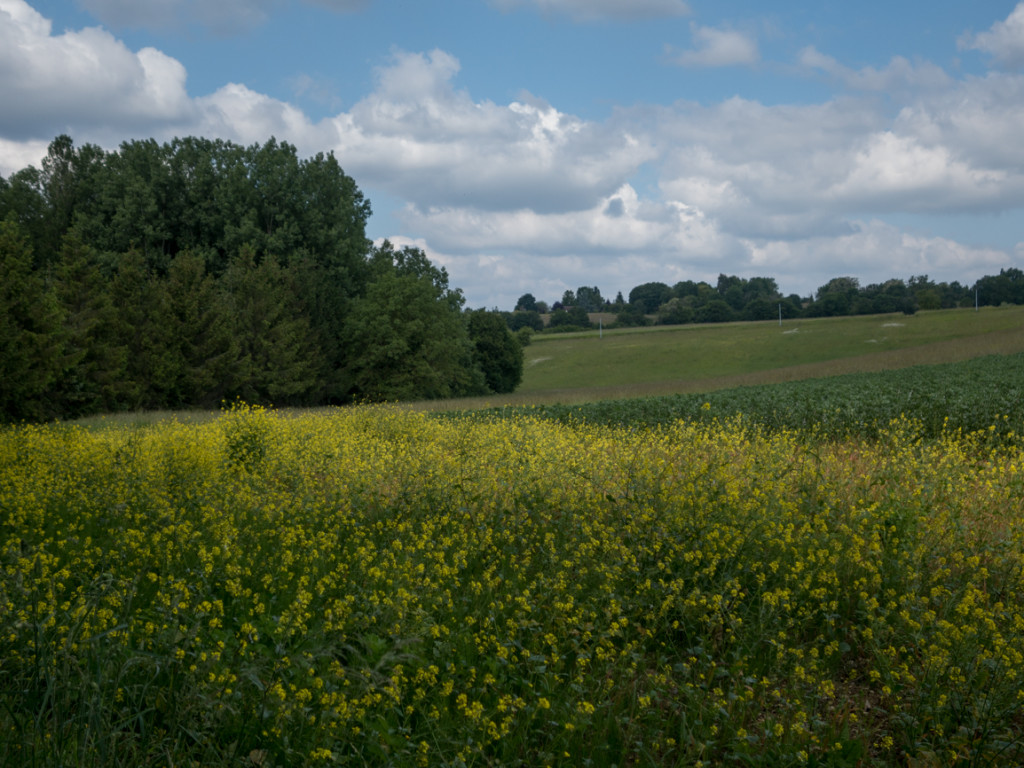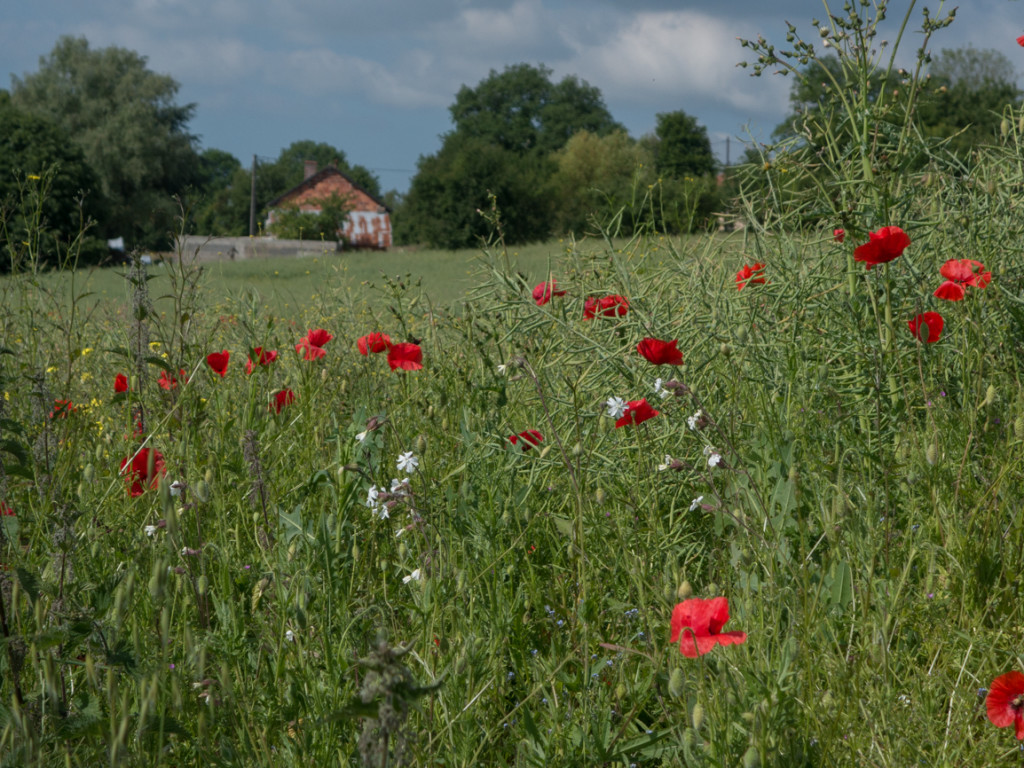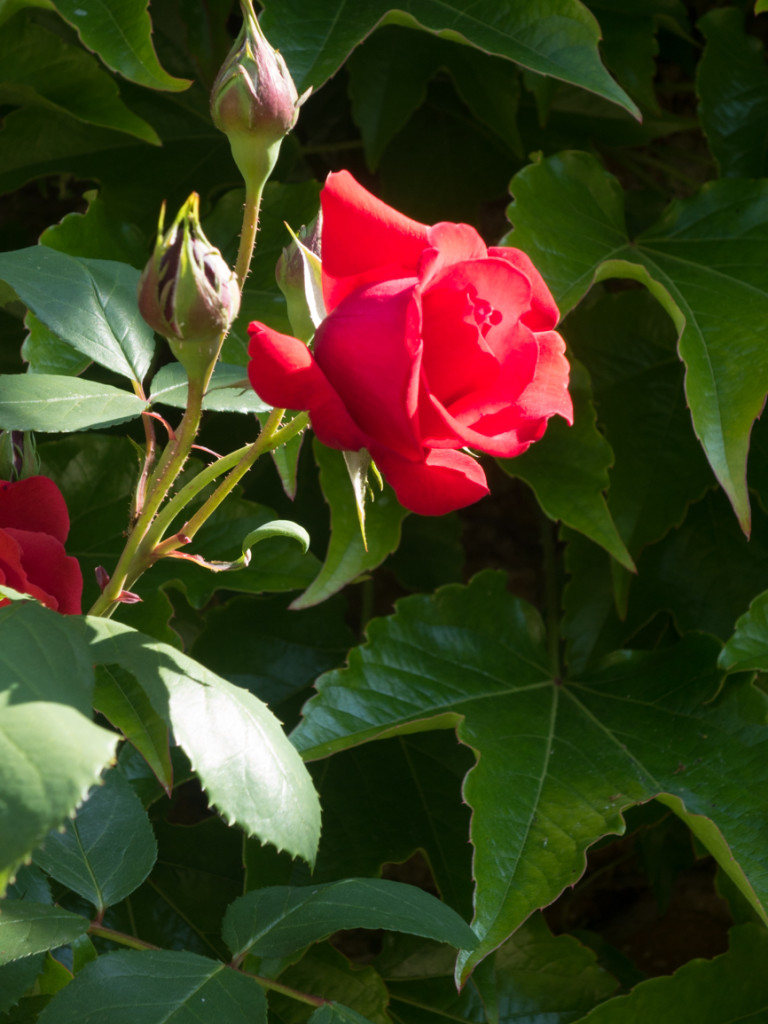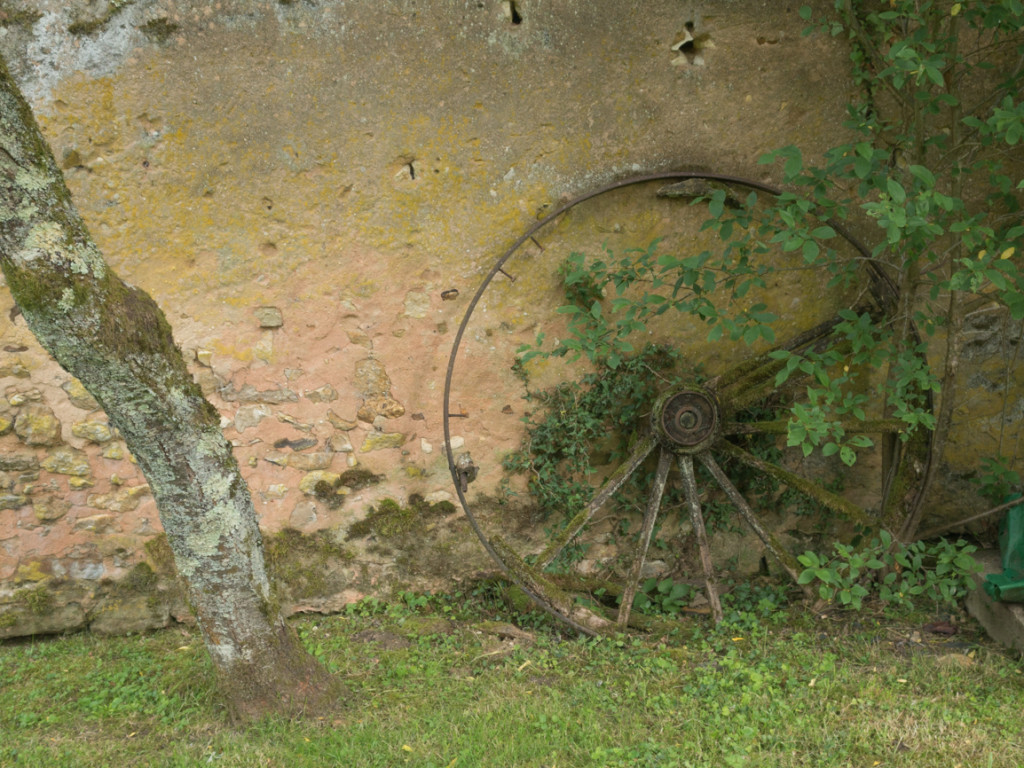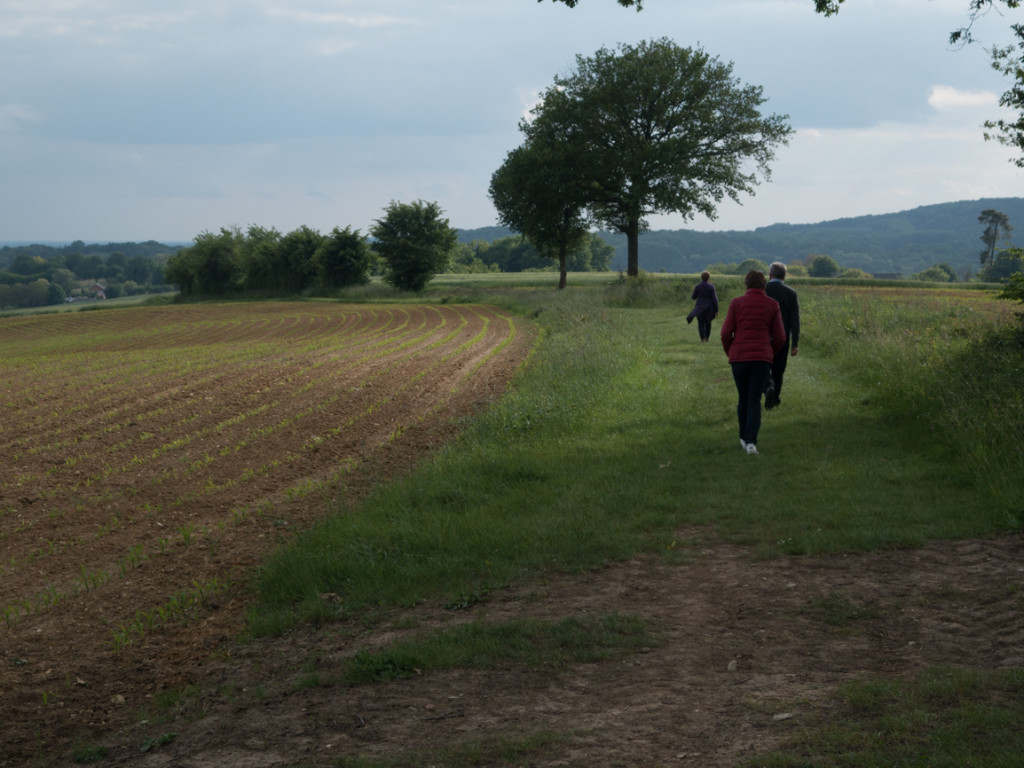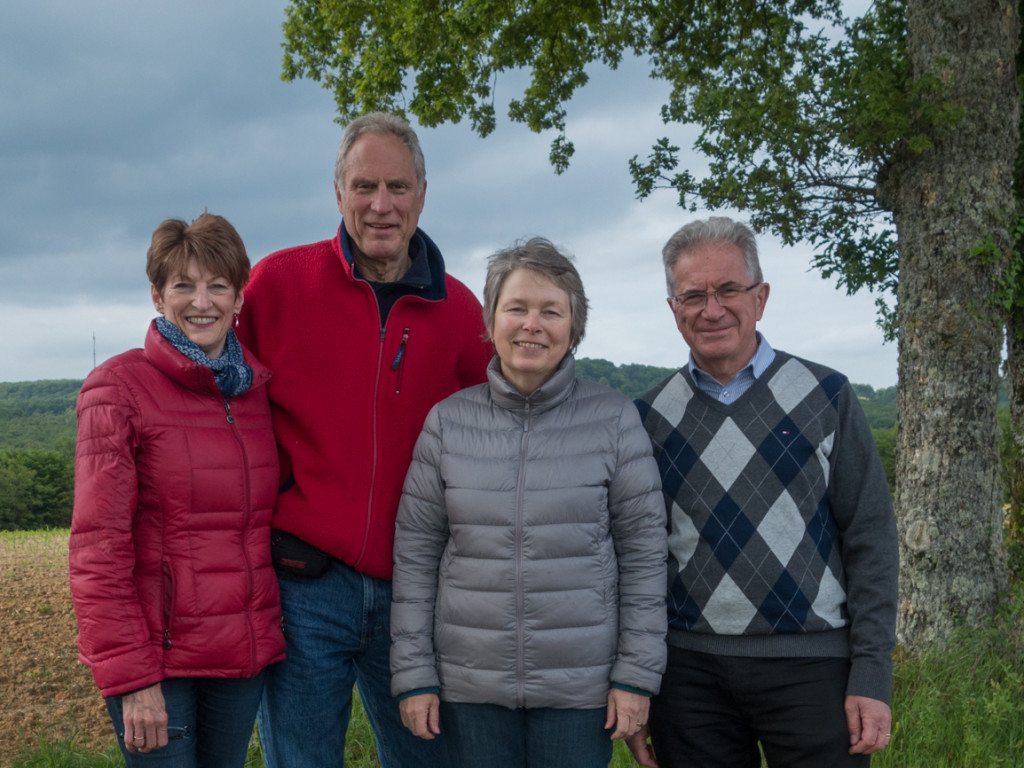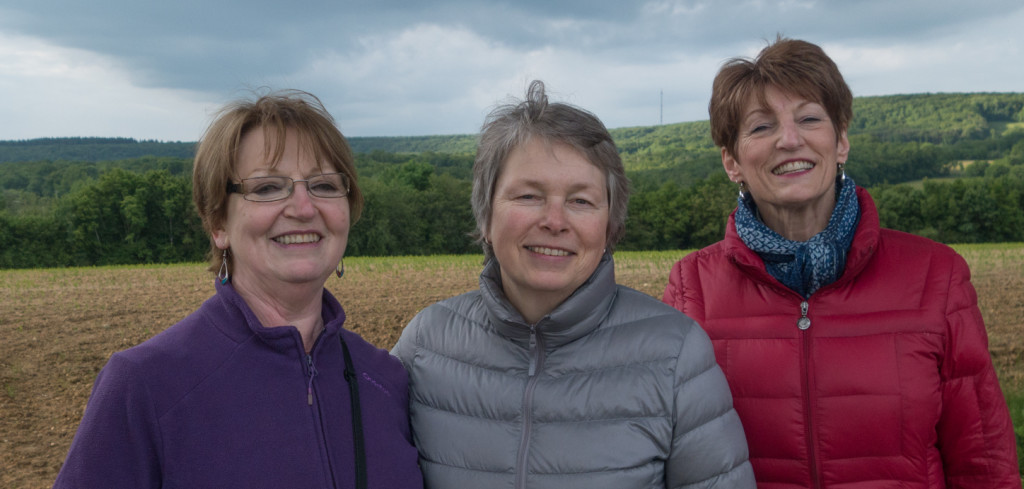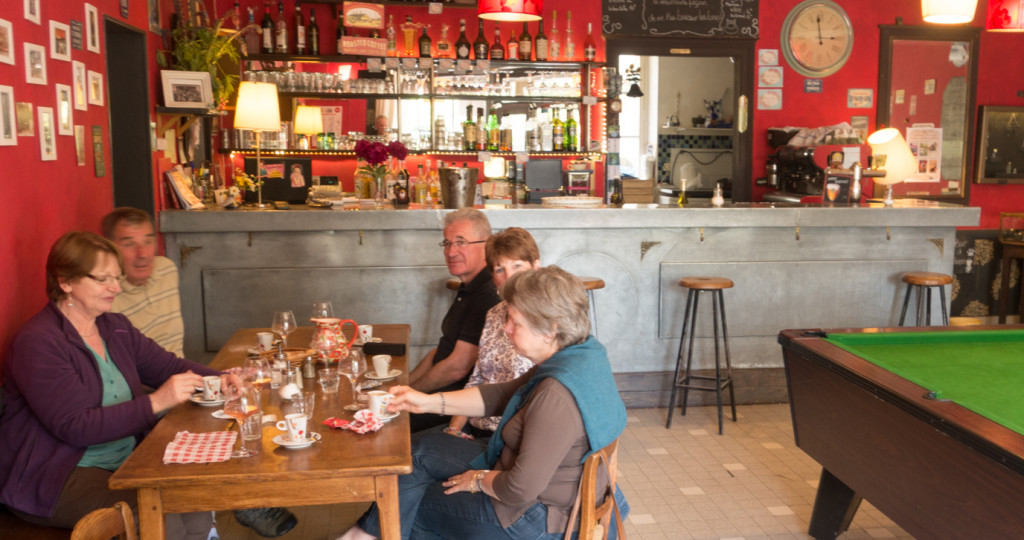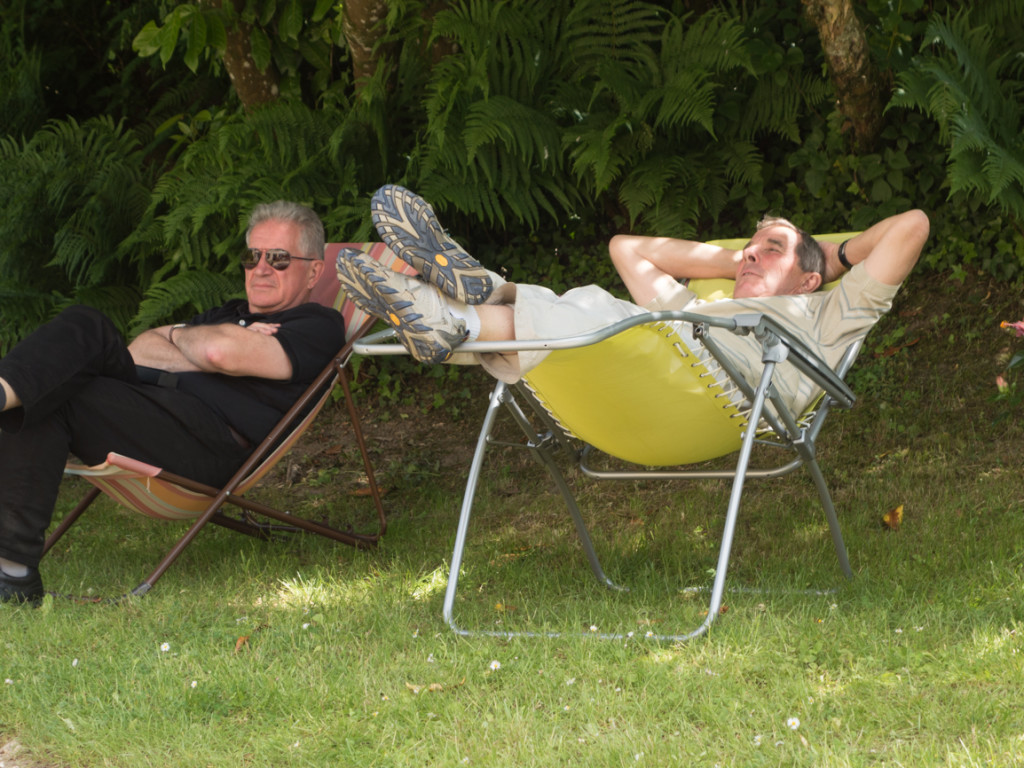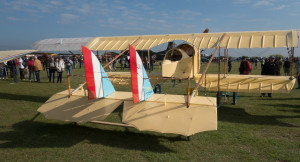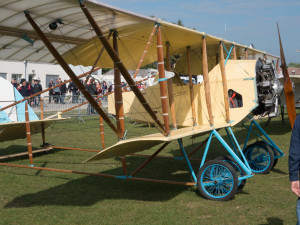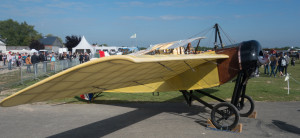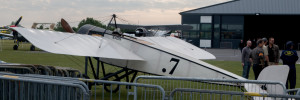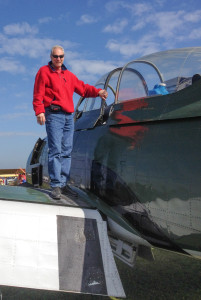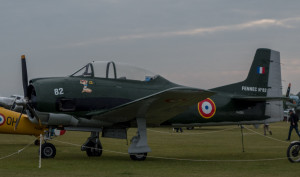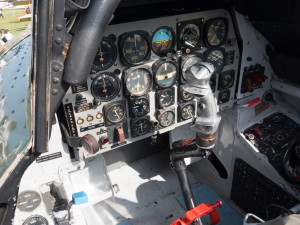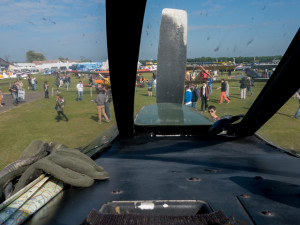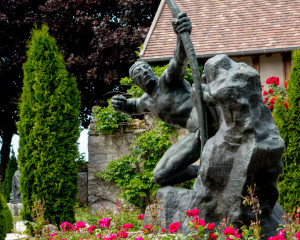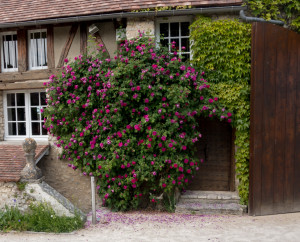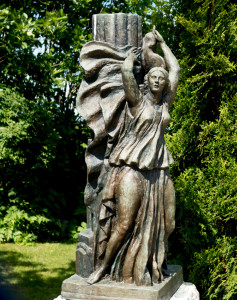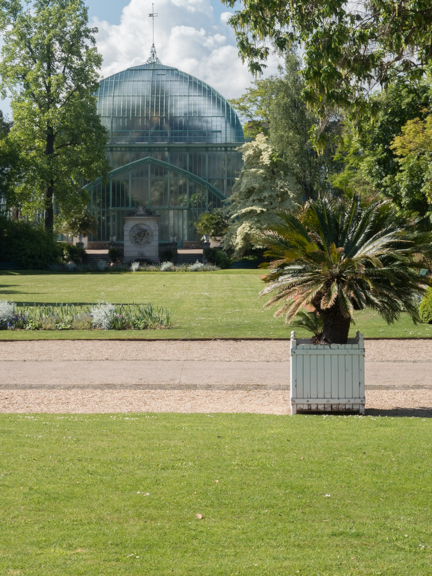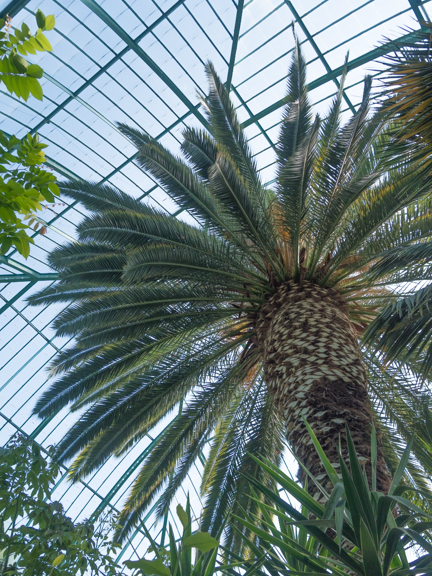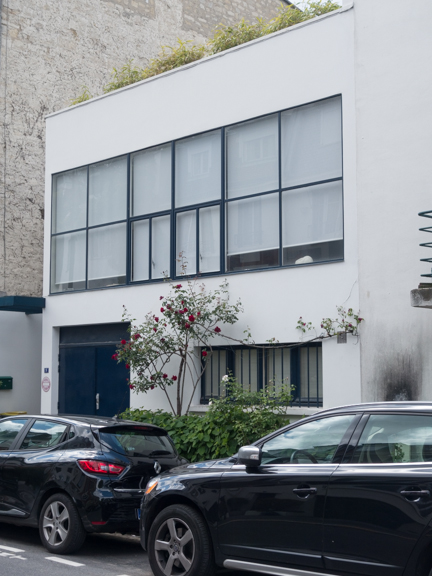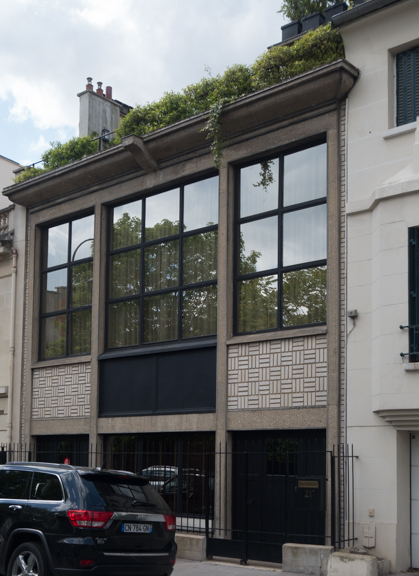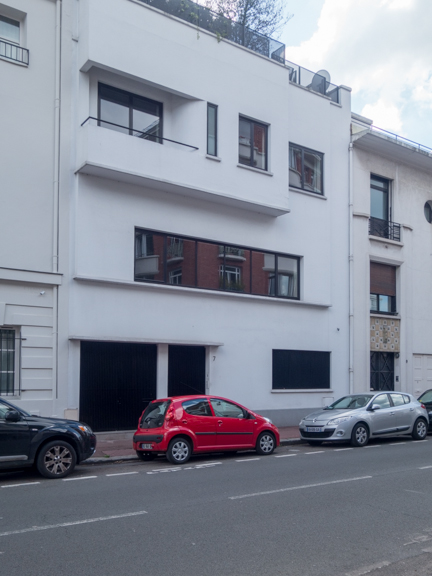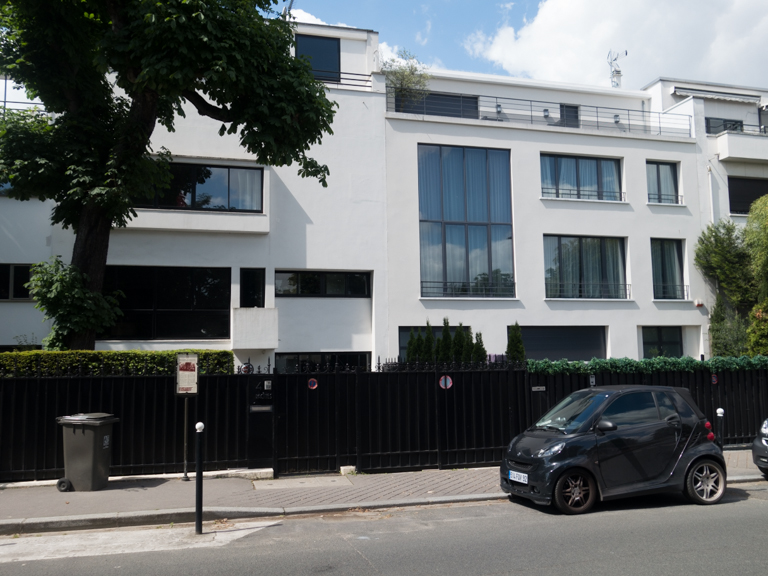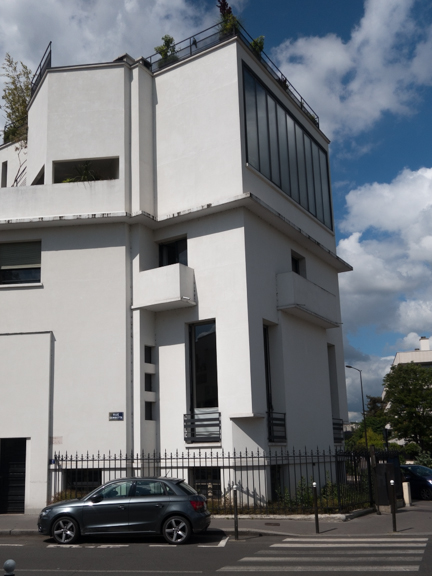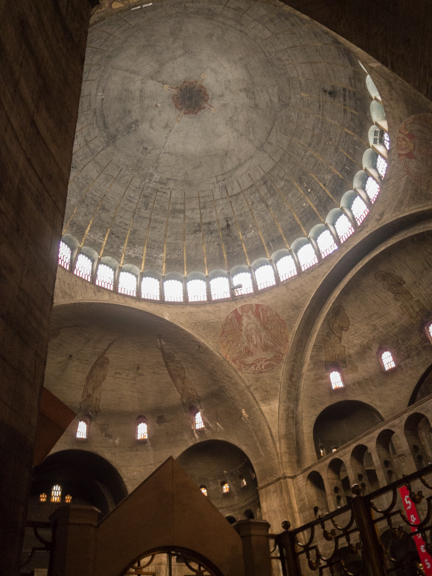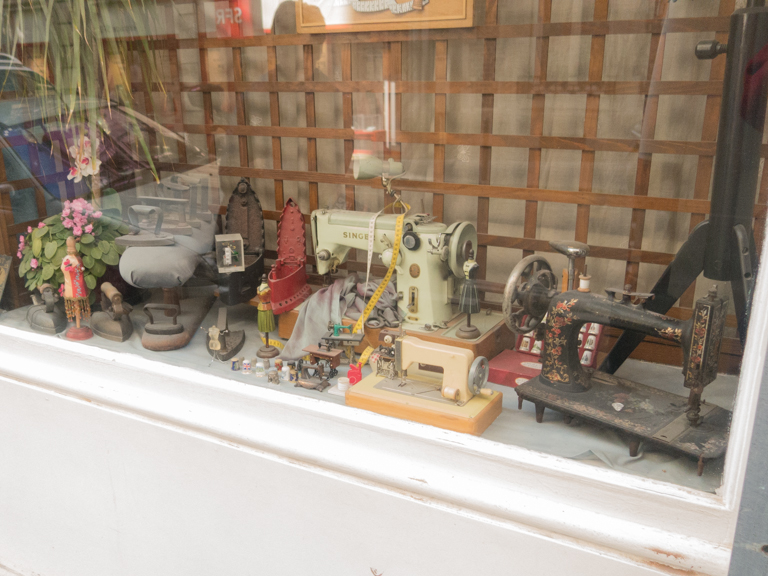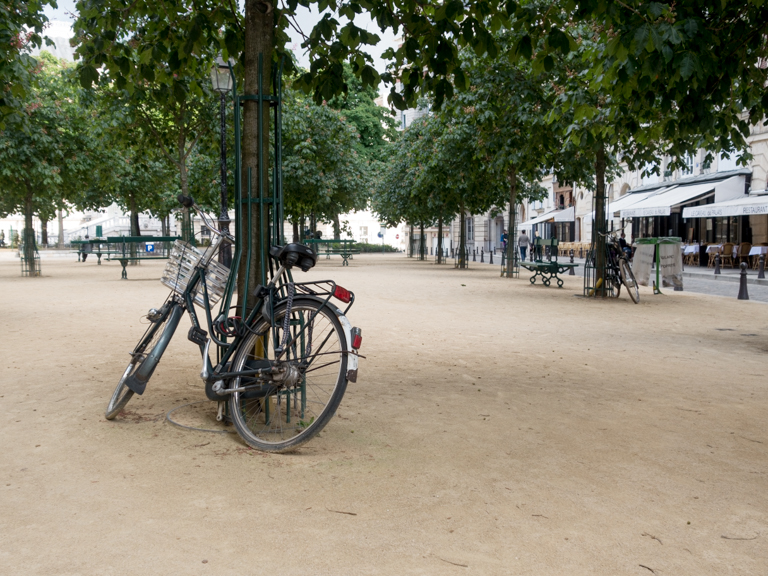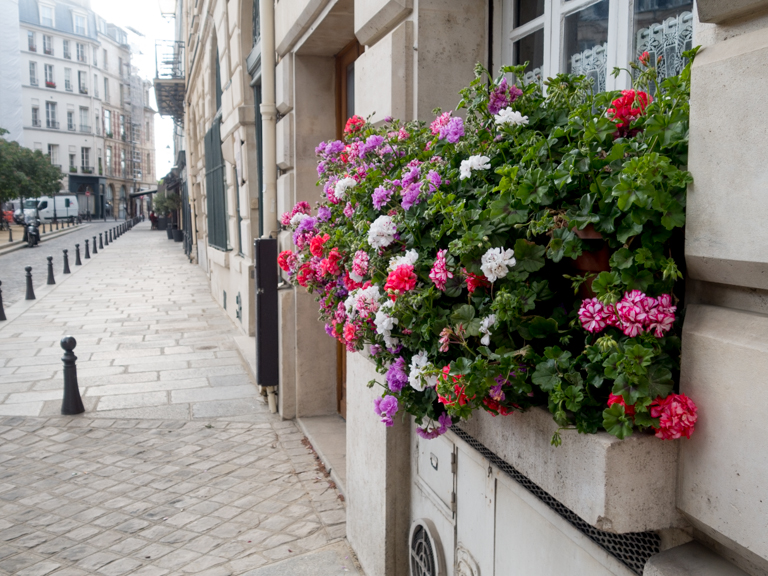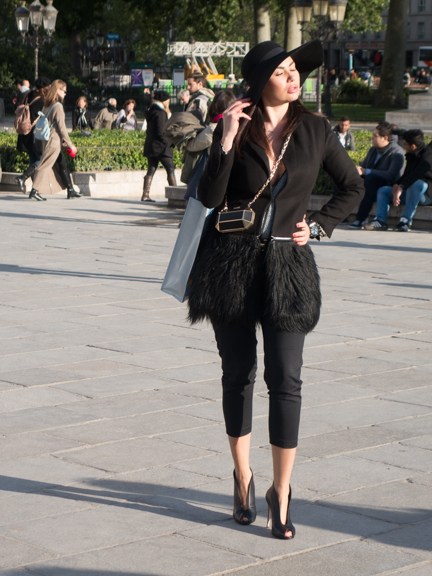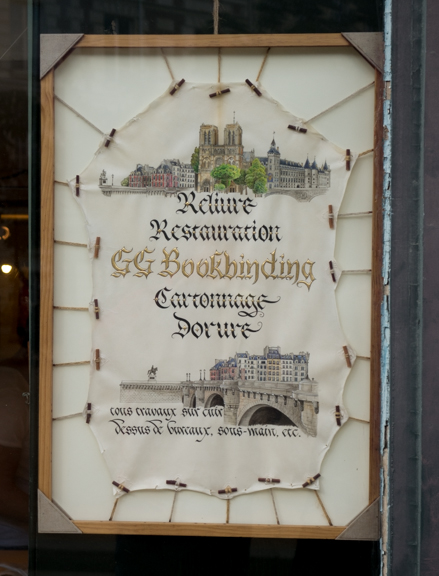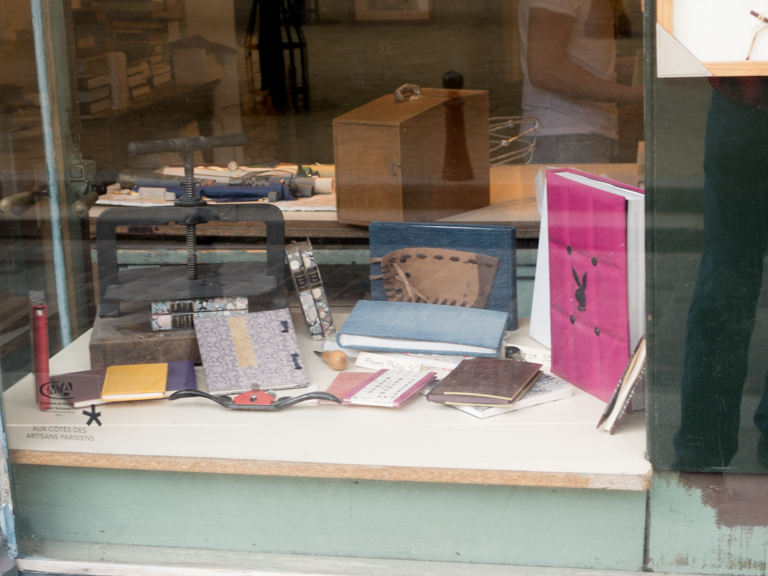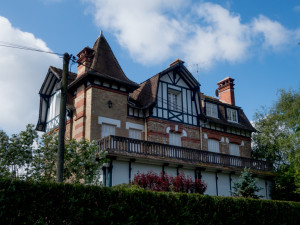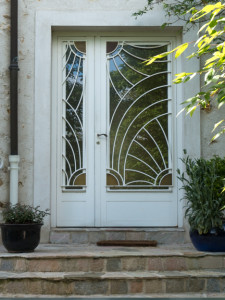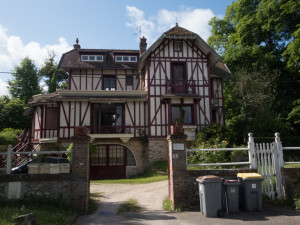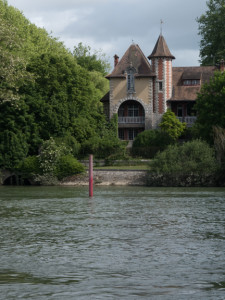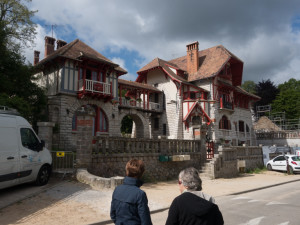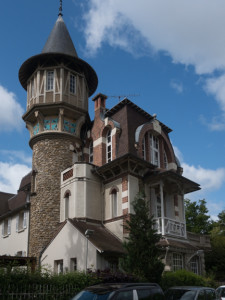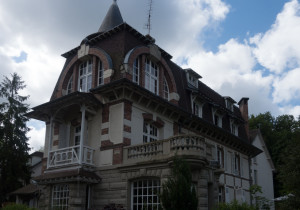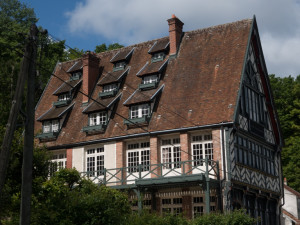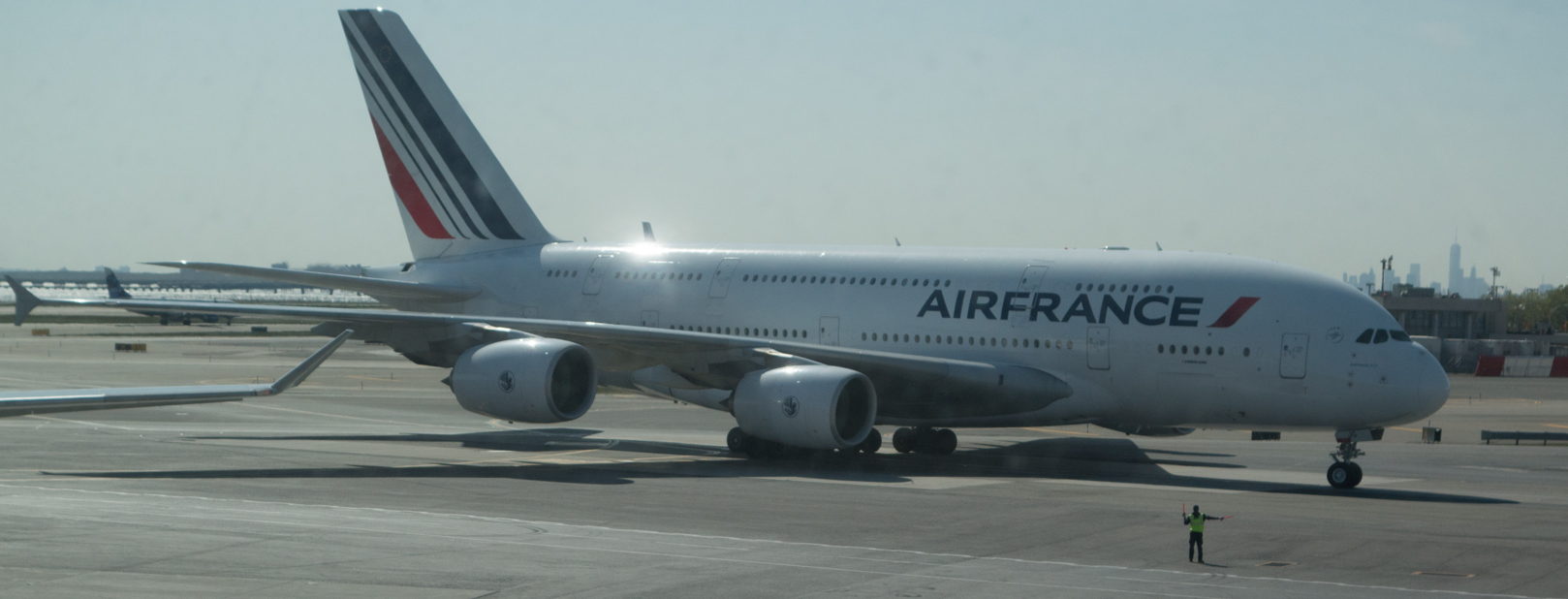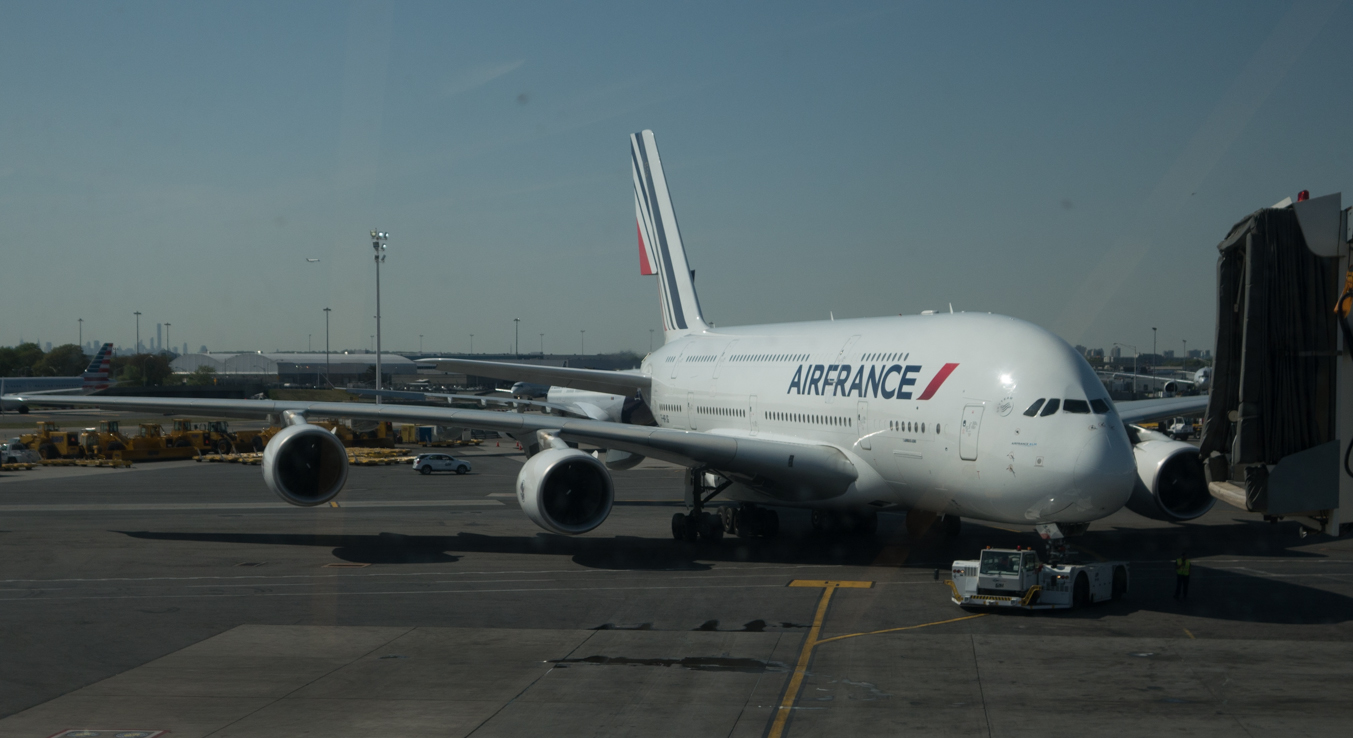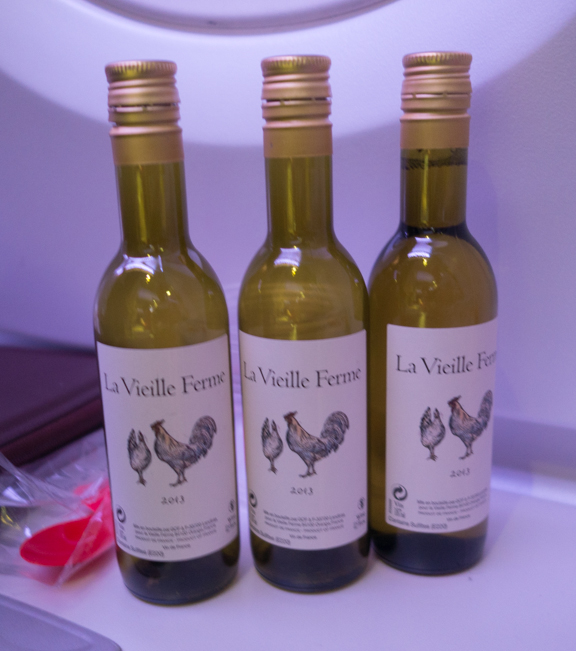We came back to Paris this week, as the weather here was forecast to be excellent. It has been that; in fact, too excellent, as the temperature is forecast to be 90 or higher today (Friday). That’s just a bit too much; I do okay in such hot weather, but Laurie wilts, and even for me, it’s not so enjoyable. “Strong storms” are forecast for this afternoon, so we’ll probably head back to Bois-le-Roi a day earlier than we’d planned. But we got in a great two days of rambling around and here’s a (longish) report on them. I’ll include lots of pictures – you can double-click any of them to get a full-size picture.
Some Paris Architecture – New and Old
Paris has maybe the most diverse architecture of any city in the world. Because Paris has never been seriously bombed or attacked over its history, there are buildings here from the 14th century to today. Many are beautiful and some…not so much. Thursday we saw a brand-new addition to Paris, and we think it is spectacular.
A Ramble Around Bassin Villette
La Villette is an old working section of Paris, in the north part of the city. Bassin Villette is the north end of Canal Saint-Martin, where it becomes Canal Ourcq and Canal Saint-Denis splits off. Laurie and I took a walk from our book of architectural walks in Paris, and saw some cool stuff. Here are some pictures:
- On Bassin Villette
- A Church modeled on 16th-17th century Italian churches – don’t see many like this in Paris. In fact, you won’t see any but this one.
Habitation de Bon Marché (HBM)
Years ago – heck, centuries ago – France decided that all people should have good housing. As a result, the county has built lots of low-income housing and workers’ housing. We encountered this block of workers’ housing on our walk. Built in the early 1920s, it still is some sort of low-income or subsidized housing. It is very nice and beautifully kept up.
But not all Paris buildings are so beautiful. This is a brand-new government building. I shudder to think what might have been torn down to make room for this monstrosity.
Louis Vuitton Foundation Building, Bois-de-Bologne
Frank Gehry is arguably the most innovative architect today, and inarguably the best known. We were introduced to his work some years ago when we visited Bilbao, Spain to see the Guggenheim Museum he designed there; we returned a couple years later to see it again. For me, it’s the most beautiful building I’ve seen – just amazing. On the other hand, Gehry designed Seattle’s Experience Music Project building (for Paul Allen, of Microsoft fame) which the New York Times’ architecture critic described as “something that crawled out of Puget Sound and died.” He was, in my always-humble opinion, being charitable; I think the EMP building is atrocious. (Even Gehry has expressed reservations about it.) Gehry has designed so many fabulous buildings that we were excited to see what he’d done for the Louis Vuitton Foundation in Paris; the building has received rave reviews and, as soon as we caught a glimpse of it, we joined the raving crowd. This is a spectacular building.
- Getting hot standing in line? Louis Vuitton has an answer: loan an umbrella to anyone who wants one.
Any day there will be piq-niques along the Seine, but on a hot day – it was over 80 today – things really liven up. Imagine what this will be like Friday night, when the temps exceeded 90F.
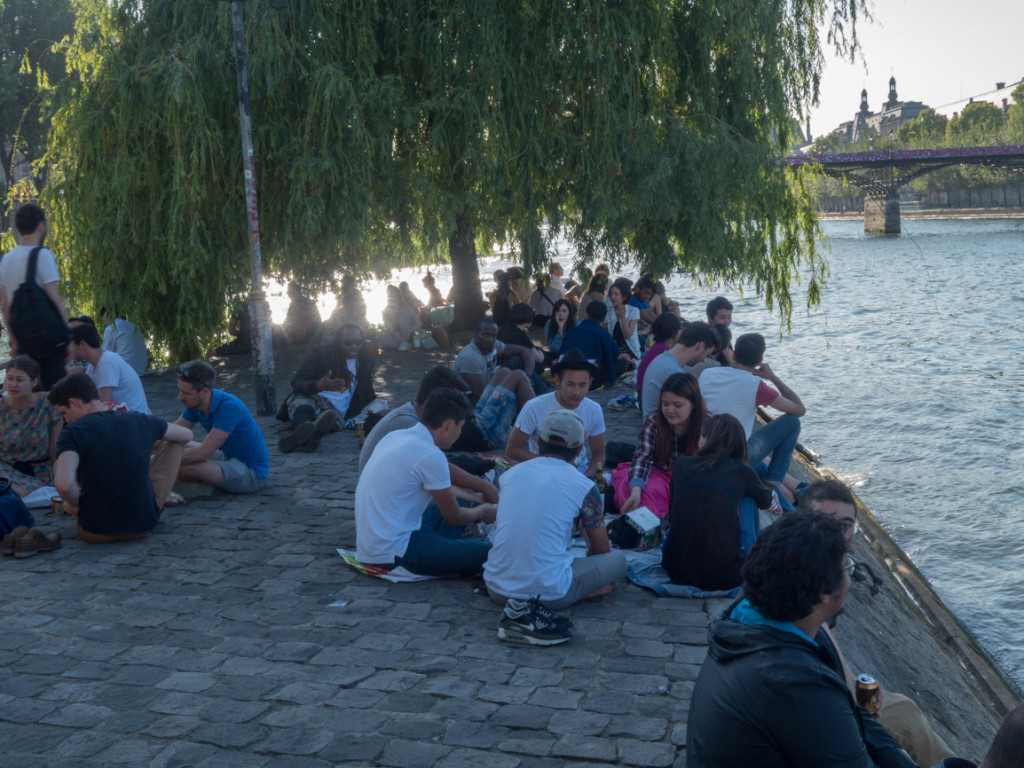
We loved the entrepreneur spirit of the guys who were going among this crowd selling wine and beer. They probably didn’t sell much, as almost everyone had brought plenty of their own.
We also went to Chateau Vincennes this morning, but I’m tired of writing and I suspect you’re tired of reading. Tomorrow for that post.

